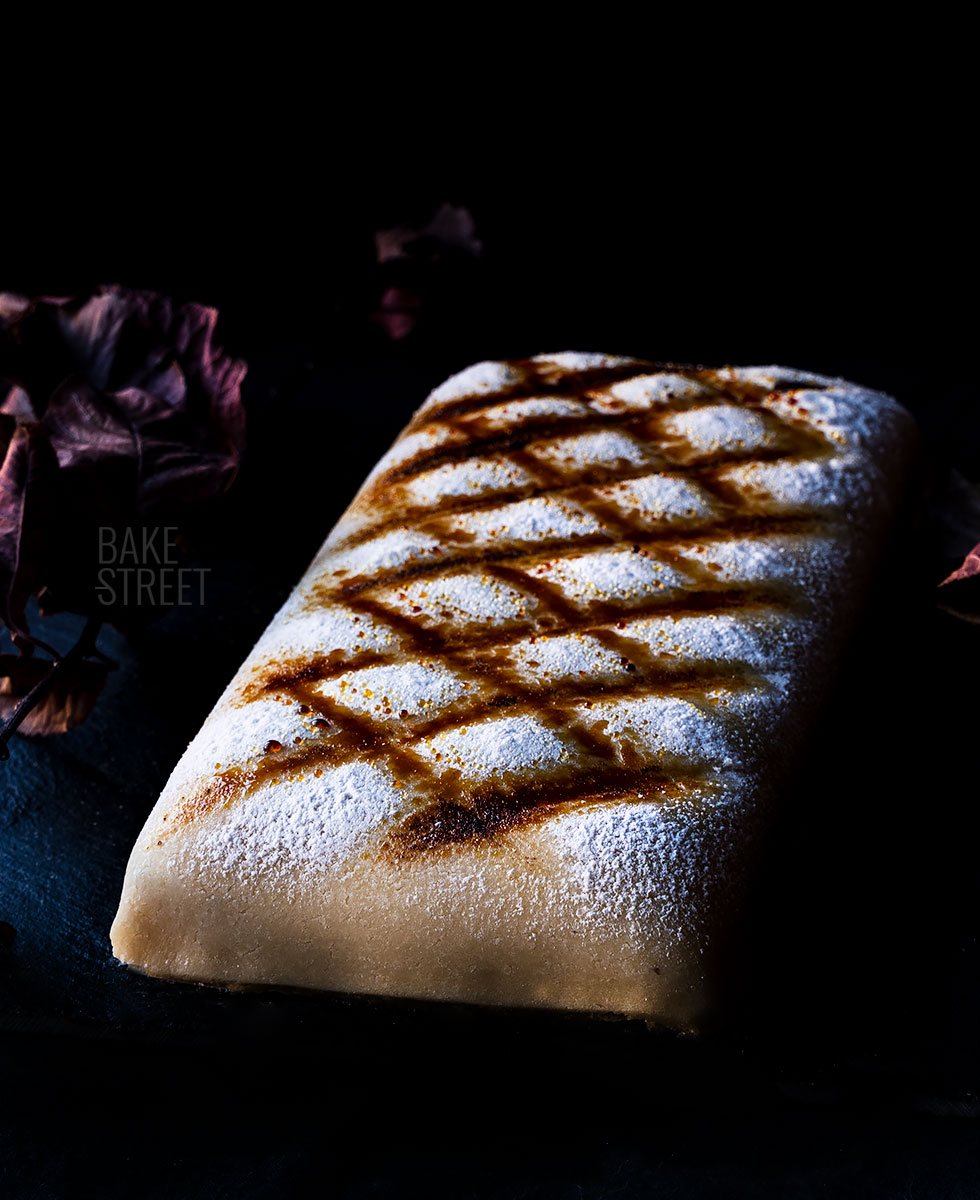The cuisine of a country is an authentic look into their food and what they produce. According to Wild in his article Eating Spain: National Cuisine since 1990, Spain located in the middle of Europe has influences from all over the world. Spain’s cuisine is a mixture of all different countries cuisine which is what makes Spain’s gastronomy so unique. Spain is split into different regions which consist of different cuisine. Looking further into the middle part of Spain there is the city Segovia. Segovia is known for its Aqueduct that brings in many people for that attraction but also its Jewish influence. It has beautiful architecture from the buildings to the church. As a tourist this brings in the question of what the cuisine is like in Segovia. According to Wild, there are elements to the Spanish cuisine that appeal to tourists, “Dominated by heavy flavors of olive oil, garlic and saffron, the Spanish flavor palate would have been accessible to most European tourists.” Tourists are attracted to what they like but also want to try new food, which is perfect for those that try the Segovia cuisine.
Let’s begin with protein, a stable in everyone’s diet. Segovia’s most popular meals all include protein as a main component, which appeals to many. The popular choice in Segovia is pork products but also include sausage, lamb, and fish. One of Segovia’s allures is their dish called Cochinillo. This dish is also known as Roasted Sucking Pig which is a piglet that is cooked and served to eat. The perfect Cochinillo should have soft and tender meat with crispy skin on the outside. This dish is usually served whole and on its own because of the impact of the flavor. Cochinillo is one of Segovia’s well-known dishes that is claimed to be delicious and should be tried. Next is the Lamb which is also called Cordero Asado. This dish has many similarities to Cochinillo but differs in the meat. Cordero Asado is roasted lamb with a tender soft inside and a crispy outside. This dish is either served as suckling lamb or lamb legs. Mostly this dish is served alone but sometimes can be served with sides that include a type of potato or salad. If you are missing the sea and want some seafood, Segovia serves delicious trout. The trout is accompanied by ham cooked inside it and potatoes on the side.

Another staple of Segovia is their stews and soups. If you are looking for a meal that is authentic to Segovia, then Judiones de la Granja stew answers the call. Judiones de la Granja are locally grown farm beans. These beans can be found in other recipes but are mostly found in their stews. Judiones de la Granja stew is a meal that includes beans, chorizo, and sausage. Another soup to try is Sopa Castellana with ham being one of the main ingredients.

Segovia also serves locally produced wine that would pair well with the dishes above.
If you have a sweet tooth, I have the desserts for you. Segovia has great options for dessert. Known for its sweetness is the sponge cake Ponche Segoviano. This cream-filled cake with almond flavoring is a staple in Segovia and has a lot of history behind it too. Another dessert to try is Florones, a puff pastry, which is a Segovia tradition. Per tradition locals eat them on October 25th to honor Saint Frutos.

If you are looking for a cuisine that appeals to many taste buds and ages this is the perfect place. Segovia has plenty of options for meals. With their wide variety of meats, stews, beans, wine, and desserts there is an array of choices for everyone. While highlighting some of the most popular dishes in Segovia there are plenty of other meals to try in Segovia as well.
Further Information
Wild, Matthew J., “Eating Spain: National Cuisine Since 1900” (2015). Theses and Dissertations–Hispanic Studies. 24. https://uknowledge.uky.edu/hisp_etds/24
https://www.deliartfoods.com/segovia-spain-what-to-see-do-and-eat-on-vacation/
https://www.spain.info/en/route/segovia-one-day/
https://bake-street.com/en/ponche-segoviano-traditional-cake/
